ABOUT THE LIMA DECLARATION

ABOUT LIMA
Lima, the capital city of Peru, is located on the west central coast of Peru, on the shores of the Pacific Ocean and has an extension of 2,817 km2.
In the north is the city of Caral, the oldest civilization of America, and to the south is the Archaeological Complex of Pachacamac. Lima's history enhances the colonial presence in the country and the establishment of the viceroyalty transformed the city into the main political and administrative center of South America. During this period, significant churches, monasteries, mansions and balconies were built. The arrival of modernity didn’t transform the historic center, which is recognized as a World Heritage Site.
Museums with great works of art, archaeological sites, beaches, the boardwalk, valleys, natural reserves, the nightlife, the thrill of adventure sports and the exquisite cuisine gives Peru’s capital an authentic personality and makes tourism in Lima a unique experience in the country.
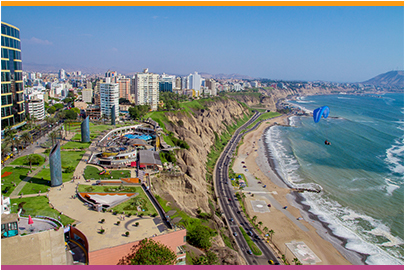
BRIEF FACTS
Official language
The Official Language in Peru is Spanish. English is spoken particularly in main stores.
Religion
The predominant religion is Roman Catholic (82%).
Climate
There are typically two discernible seasons, summer and winter. Summer temperature ranges from 65 - 84 °F and winter ranges from 54 – 66°F. The cold Humboldt Current running along the Peruvian coast regulates the temperatures and keeps the city just warm enough in the winter, and just cool enough in the summer.
Humidity in Lima is generally high. This is especially the case in the mornings as evidenced by the heavy fog. This morning fog and humidity disappears during the day in the summer months between December and April. The winter months are more humid and overcast.
Currency
The local currency in Peru is “Sol” (S/). Peruvian coins have the following denominations: 1 cent, 5 cents, 10 cents, 20 cents, 50 cents, 1 Sol, 2 Soles and 5 Soles. Currency notes are issued in denominations of 10, 20, 50, 100 and 200 Soles. Foreign currencies can be exchanged at banks and moneychangers. 1 US$ is equivalent to 3.28 Soles (as of August, 2017). US dollars are widely accepted in main stores.
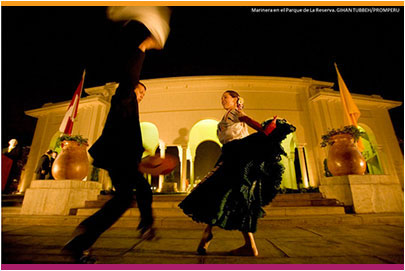

Electricity
Electric current in Peru is 220 volts and 60 Hz. If you need to use a 110-volt appliance, make sure you have a power adapter with you. Flat blade attachments and flat blades with round grounding pin and round pin attachment plugs are commonly used in Peru.
Business hours
Most offices open Monday to Friday from 8:30 to 17:30 hours. Banks open from 9:00 – 18:00 hours.
Internet
Broadband and wireless internet services are available in all hotels and at the meeting venues.
Local Time
Eastern Standard Time (GMT – 5).
Tourism
In Lima, there are numerous places to visit such as Lima Main Square, the Presidential Palace, Museum in the Convent of San Francisco, the Magic Water Circuit; you can also enjoy the several and varied museums: the National Museum of Archaeology, Anthropology and History, the Golden Museum, the Archaeological Museum Rafael Larco Herrera and many other priceless Incan and pre-Incan treasures.
The Tourist Information and Assistance Service or I-Peru is a free service that offers official tourism information on attractions, routes, destinations and tourist services companies. For more information go to: http://www.peru.travel/iperu.aspx

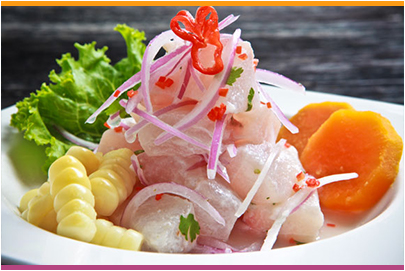
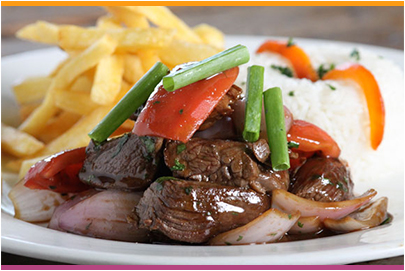
Gastronomy
Peruvian cuisine deserves a special mention. It is a blend of Amerindian and Spanish food with strong influences from African, Arab, Italian, Chinese and Japanese cooking. All of these influences result in a very special and delicious cuisine that has recently received wide acclaim due to its diversity of ingredients and techniques.
Lima offers a wide variety of restaurants where you will be able to taste delicious dishes.
Shopping Centers and Handicraft markets
Shops and other sales outlets in Lima are generally open from 10:00 to 21:00 hours every day. Major credit cards are widely accepted.
Closest Shopping centers to Delegates hotels
- Larcomar Malecón de la Reserva 610, Miraflores District
- Real Plaza, Av. Salaverry 2370, San Isidro disctrict
Handicraft markets:
- La Marina Avenue, block 6-8, Pueblo Libre District
- Petit Thouars Avenue, block 48-52, Miraflores District
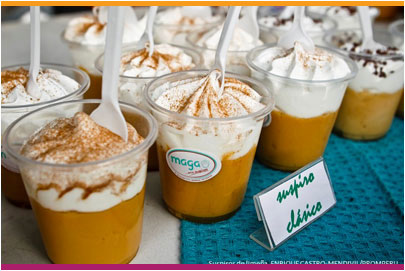


© 2017 Office of the Comptroller General of the Republic of Peru.



